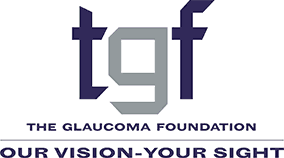January is Glaucoma Awareness Month
Be Well-Informed
Here’s a New Year’s resolution that can save your sight: make that call to schedule an appointment to have your eyes tested. The pandemic forced many offices to close in early spring but many reopened in the summer, although often seeing fewer patients than before the pandemic. While COVID 19 is still rampant in some areas, doctors have put protocols in place to safely see patients who require care.
Early detection and continuing treatment are key to preserving your vision. Sifting glaucoma facts from fiction is also crucial. Here are some common misconceptions.
Myth: There are warning signs for glaucoma.
With open-angle glaucoma, the most common form, there are virtually no signs or symptoms. Contrary to popular thinking, pain is not associated with increased eye pressure. What’s more, vision loss usually begins with peripheral or side vision, so you may not be able to tell right away that your vision is impaired. The only way to tell if you have glaucoma is to have an eye exam with an eye care professional who tests for glaucoma.
Myth: Glaucoma only affects the elderly.
Glaucoma can affect people of all ages. The risk of glaucoma increases as we get older and the majority of a specific type of glaucoma called open-angle glaucoma is age-related. However, glaucoma can affect people of all ages, even newborns. For example, some babies have congenital glaucoma, while other children have other eye diseases that lead to secondary glaucoma.
Myth: All people with glaucoma have elevated intraocular pressure (IOP).
Elevated IOP is a risk factor for glaucoma and is not the disease itself. There are many different types of glaucoma, and not all of them are associated with elevated IOP. The common thread among all glaucomas is damage to the optic nerve rather than elevated IOP.
Myth: Glaucoma is curable.
Glaucoma is a chronic condition that needs ongoing treatment and monitoring. If damage has occurred, at this time it is irreversible. Early detection and treatment minimize the risk of permanent vision loss.

